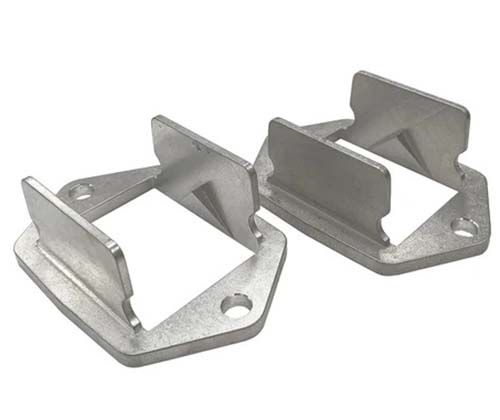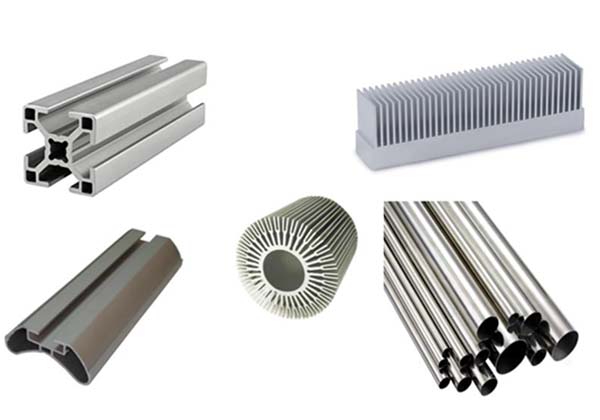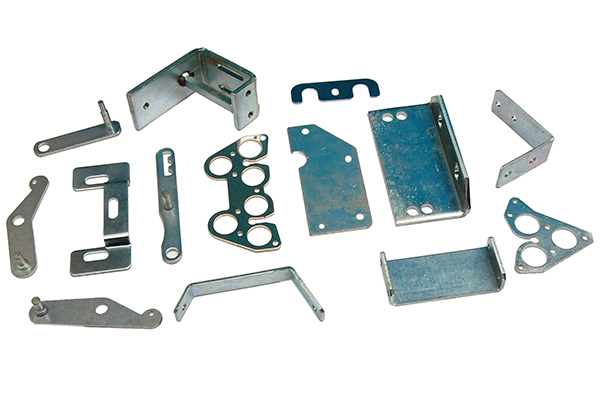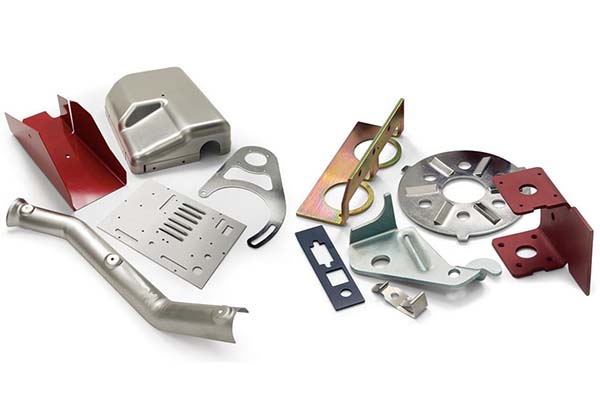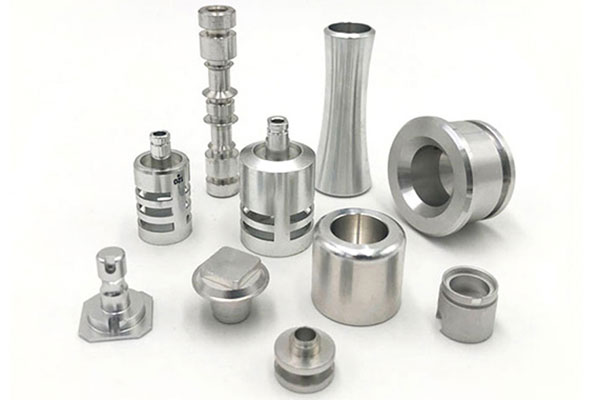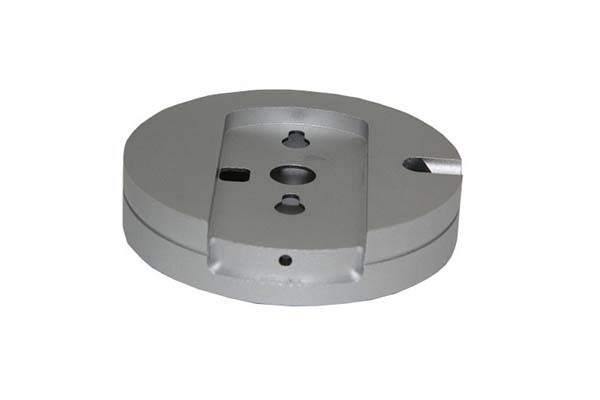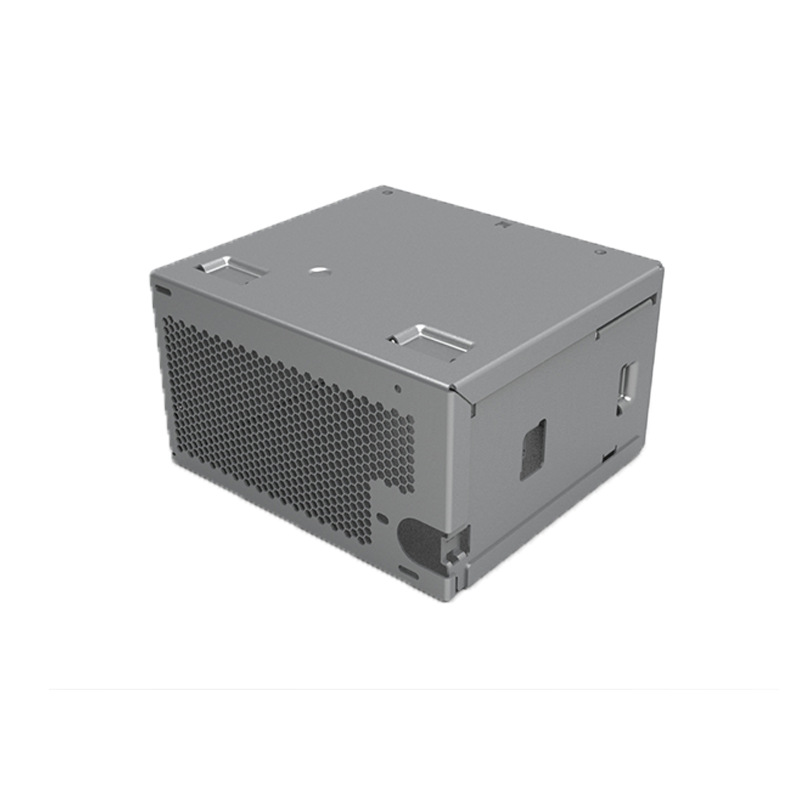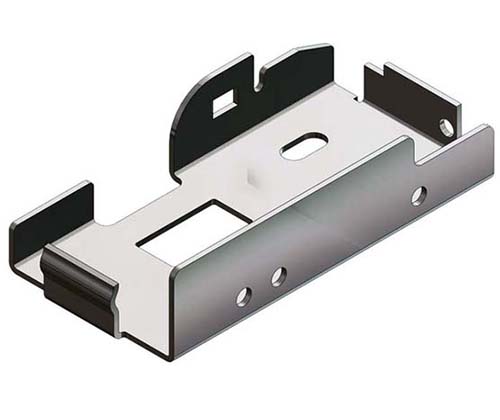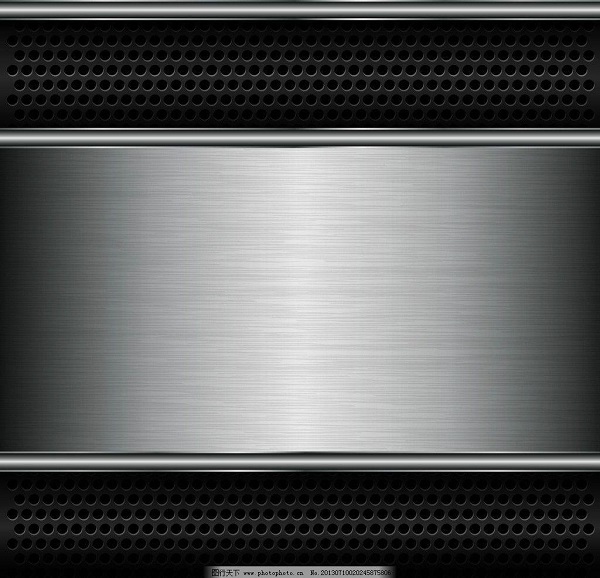What is a Sheet Metal Brake?
A sheet metal brake, also known as a sheet metal folder or bending brake, is a specialized machine used in the metalworking industry. Its primary function is to bend sheet metal accurately and precisely. This is achieved by applying force to the sheet metal, causing it to deform along a specific axis, creating the desired angle.
The importance of sheet metal brakes in the metal processing industry cannot be overstated. They are the backbone of countless manufacturing processes, enabling the creation of various products. From small components like brackets and enclosures for electronics to large - scale structures such as aircraft panels and automotive body parts, sheet metal brakes play a crucial role.
For example, in the automotive industry, sheet metal brakes are used to shape the body panels of cars. Precise bends are required to ensure a perfect fit, aerodynamics, and structural integrity. A deviation of even a fraction of a degree in the bend angle could lead to issues such as improper alignment of parts, affecting the overall appearance and performance of the vehicle. In the construction of buildings, sheet metal brakes are used to fabricate ducts for heating, ventilation, and air - conditioning (HVAC) systems. The ability to create accurate bends allows for efficient installation and optimal functionality of these systems.
Types of Sheet Metal Brakes
There are several types of sheet metal brakes, each with its own characteristics and applications.
Manual Sheet Metal Brakes
Manual sheet metal brakes are the most basic type. They are operated by hand, usually through a lever mechanism. The operator manually applies force to bend the sheet metal. For small - scale operations, such as in a local repair shop that occasionally needs to bend a small piece of sheet metal for a custom enclosure, a manual sheet metal brake is sufficient.
- Advantages: They are relatively inexpensive, making them accessible for small workshops or DIY enthusiasts. They are also highly portable and do not require any external power source, which provides great flexibility in usage. For example, a hobbyist who creates small metal artworks at home can easily move a manual sheet metal brake around the workspace.
- Disadvantages: However, they have limitations in terms of the force they can exert. This restricts their use to thinner sheet metals. Also, the bending accuracy may be more dependent on the operator's skill, and they are not suitable for high - volume production due to the slow operation speed.
Hydraulic Sheet Metal Brakes
Hydraulic sheet metal brakes operate based on the principle of hydraulics. They use a hydraulic pump to generate high - pressure fluid, which then transmits force to the bending mechanism. This allows for a much greater amount of force to be applied to the sheet metal. In large - scale automotive manufacturing plants, hydraulic sheet metal brakes are used to bend the thick and large - sized sheet metals that form the body of cars.
- Advantages: They can handle thick and large sheets of metal with ease, making them ideal for heavy - duty industrial applications. The force application is consistent, resulting in highly accurate bends, which is crucial for high - precision manufacturing processes.
- Disadvantages: On the downside, they are relatively expensive to purchase and maintain. They also require a hydraulic fluid system, which adds complexity to the operation, and they are not as portable as manual brakes due to their size and the need for a power source to operate the hydraulic pump.
Electric Sheet Metal Brakes
Electric sheet metal brakes are powered by an electric motor. The motor drives a set of gears or a screw mechanism that applies force to bend the sheet metal. A medium - sized electronics manufacturing company that produces metal enclosures for its products might use an electric sheet metal brake.
- Advantages: They offer a good balance between the portability of manual brakes and the power of hydraulic brakes. They are suitable for medium - thickness sheet metals and can provide consistent results. They are also easier to operate than hydraulic brakes in some cases, as the electric controls can be more straightforward.
- Disadvantages: They may not be as powerful as hydraulic brakes for extremely thick metals, and the initial cost of an electric brake is higher than that of a manual one. Also, they are dependent on a stable power supply.
How Does a Sheet Metal Brake Work?
?
Understanding how a sheet metal brake works is essential for anyone involved in metalworking. At its most basic level, a sheet metal brake operates on the principle of bending a sheet of metal by applying force.
The key components in the operation of a sheet metal brake are the punch (upper die) and the die (lower die). When a sheet metal brake is activated, the punch descends towards the die. The sheet metal is placed between these two components. As the punch moves down, it exerts pressure on the sheet metal. The die provides a stable base against which the metal is bent.
The pressure applied by the punch causes the sheet metal to deform. The amount of force required depends on factors such as the thickness and type of the metal. For example, thicker metals like 3 - mm thick stainless steel sheets will require significantly more force to bend compared to thinner 0.5 - mm aluminum sheets.
The bending process is carefully controlled. The angle of the punch and die, as well as the distance the punch travels, determine the final bend angle of the sheet metal. In modern sheet metal brakes, especially those with computer - numerical control (CNC), these parameters can be precisely set. For instance, if a particular project requires a 90 - degree bend in a sheet of galvanized steel, the operator can input the desired angle into the CNC system. The machine will then adjust the movement of the punch and die accordingly to achieve the accurate 90 - degree bend. This precise control ensures that the bent sheet metal meets the exact specifications required for a particular product or application.
Yigu Technology's View
As a non - standard plastic metal products custom supplier, Yigu Technology has rich experience in using sheet metal brakes. We understand that the right sheet metal brake is crucial for achieving high - quality results in custom metal product manufacturing.
We have found that for our small - scale and customized production needs, manual sheet metal brakes are a great starting point due to their flexibility and low - cost nature. However, when it comes to large - scale production runs or working with thicker metals, we rely on hydraulic and electric sheet metal brakes. These advanced machines allow us to meet tight deadlines and high - quality standards.
At Yigu Technology, we also focus on the maintenance and proper operation of our sheet metal brakes. Regular maintenance ensures the longevity and accuracy of the equipment, reducing the risk of production delays. Our team of skilled technicians is trained to operate these machines efficiently, maximizing productivity while minimizing errors. We are committed to providing high - quality custom products to our customers, and the effective use of sheet metal brakes is an integral part of that commitment.
FAQ
What is the maximum thickness of sheet metal a brake can handle?
The maximum thickness a sheet metal brake can handle varies depending on its type. Manual sheet metal brakes typically handle sheet metals up to around 1 - 2 mm thick. For example, a common manual brake might be suitable for bending 1.5 - mm thick mild steel sheets. Hydraulic sheet metal brakes are much more powerful and can handle much thicker materials, often up to 6 - 10 mm or even more for some heavy - duty models. Electric sheet metal brakes usually fall in - between, with the ability to handle sheet metals in the range of 2 - 5 mm thickness.
How do I maintain my sheet metal brake?
Maintenance is crucial for the longevity and accurate operation of a sheet metal brake. First, regularly clean the machine to remove any metal shavings, dust, or debris that could interfere with its operation. Use a soft brush or compressed air to carefully clean the moving parts, such as the punch and die. Lubricate the moving parts regularly. Apply a suitable lubricant to the joints, hinges, and screws to reduce friction and ensure smooth operation. Also, periodically check the key components like the hydraulic lines (for hydraulic brakes), the motor (for electric brakes), and the mechanical linkages for any signs of wear, damage, or misalignment. If any issues are detected, repair or replace the parts promptly.
Can a sheet metal brake bend other materials besides metal?
Yes, a sheet metal brake can bend some other materials besides metal. While it is primarily designed for metal, it can also be used to bend certain types of plastics, such as acrylic sheets and some thin polycarbonate materials. However, the bending process may need to be adjusted. For example, plastics may require lower bending forces to avoid cracking or deforming in an undesirable way. Some soft - alloy materials like certain types of aluminum - based alloys that are not as rigid as traditional metals can also be bent using a sheet metal brake, but again, the machine settings and the operator's technique may need to be fine - tuned compared to bending standard steel sheets.
